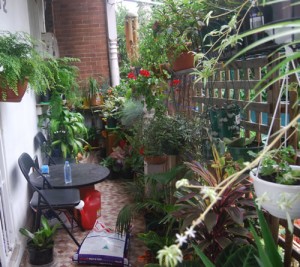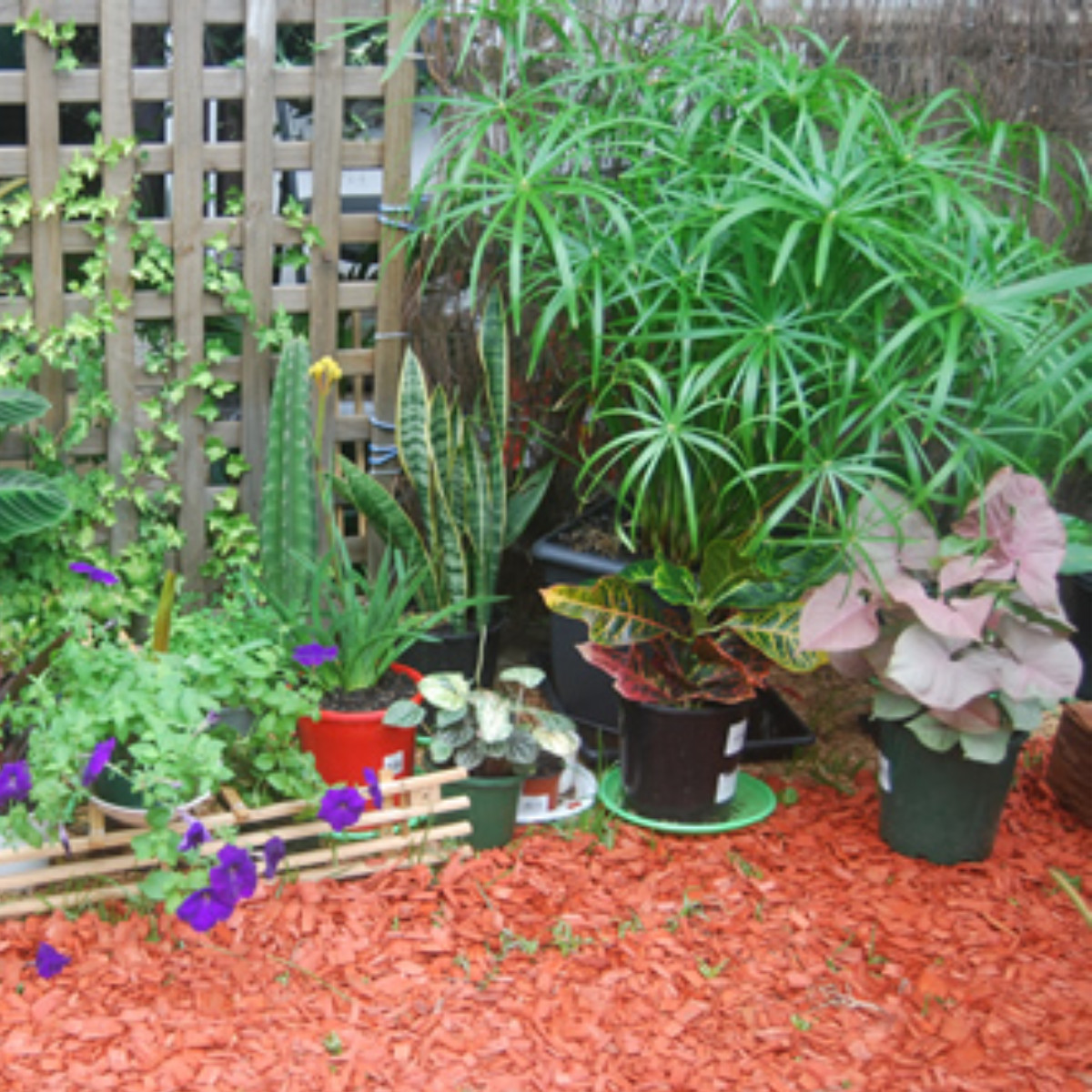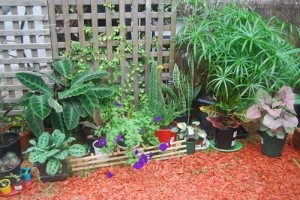The range of plants suitable for growing indoors is so vast, and widens so swiftly as commercial growers produce more and more exotic varieties, that the choice can be bewildering. What plants should you acquire? Should you narrow down your collection and begin to specialise in cacti, or orchids or bromeliads? Or should you broaden your horizons and search for splendid and startling new forms? In the end, of course, the answers to such questions must be dictated by personal tastes. Assuming that you can provide the right growing conditions for a plant, the ultimate decision as to whether it is right for you and your home is bound to depend on your instinctive reactions to one or more of the plant's attractive features.
When considering a plant in a florist's shop or at a nursery, however, do not forget that it is a living thing. Life means growth, and growth means change. You may find the current shape and size of the plant pleasing. Will they remain so? Only rarely do we buy mature plants, and a young specimen can shape up in surprising ways as it ages. A palm can take more than a decade to grow impressively tall and elegant. Some plants improve with age, but others deteriorate. The constant attraction of most permanent indoor plants lies in the foliage, but it sometimes lies in the flowers as well. Is the plant that you are contemplating buying going to flower attractively? When, and under what conditions? What will it look like during the annual rest period, if it has one? Questions like these are always worth asking. And there remains that basic question for the truly concerned gardener: how will this plant relate to the rest of the collection?
[caption id="attachment_35" align="alignleft" width="300"]
 Plants Greats for Pots[/caption]
Plants Greats for Pots[/caption]There is no reason why an outstanding collection of indoor plants should not include a broad range of different species. Certain colours and textures clash with one another or with room furnishings, however. Moreover, attractive-looking combinations can work badly just because the various plants require different amounts of warmth and light. For these and other reasons, relationships among plants are more important than is realised by the person who casually acquires a plant just because he or she 'likes the look of it.' An informed interest in relationships often inspires the indoor gardener to begin to concentrate on cultivating a single type of plant.
Some people are cactus or orchid enthusiasts, others are bromeliad or fern connoisseurs, still others specialise in gesneriads, and so on. This type of specialisation can be fun even on quite a small scale. In the genus Peperomia, for example, you can find infinite variety. Peperomias have leaves varying in shape from round to heart-shaped, in texture from smooth to hairy to quilted, in colour from dark green to olive and grey, in pattern from variegations of silver and cream to pinks and purples. A Ficus collection would have even greater possibilities. The genus includes creeping and trailing plants, shrubs and trees. And the foliage is as diverse as the natural habitats of the species, which come from such places as the rain forests of India, Malaysia, Africa and South America, and the cool, high altitudes of the Himalayas and northern China.
Variety. Diversity. Change. These words and what they stand for are at the heart of the world of indoor plants. A potted plant is not a dainty objet d'art. It is a fascinating organism, which will respond dynamically to all the appreciative care you can give it.
There are few reason to be surrounded by indoor plants:
- Indoor plants help people relax and increase speed on computer tasks involving mental concentration.
- Indoor plants reduce dust and increase relative humidity.
- Indoor plants reduce physical discomfort and do more than just give you something to focus on other than pain.



